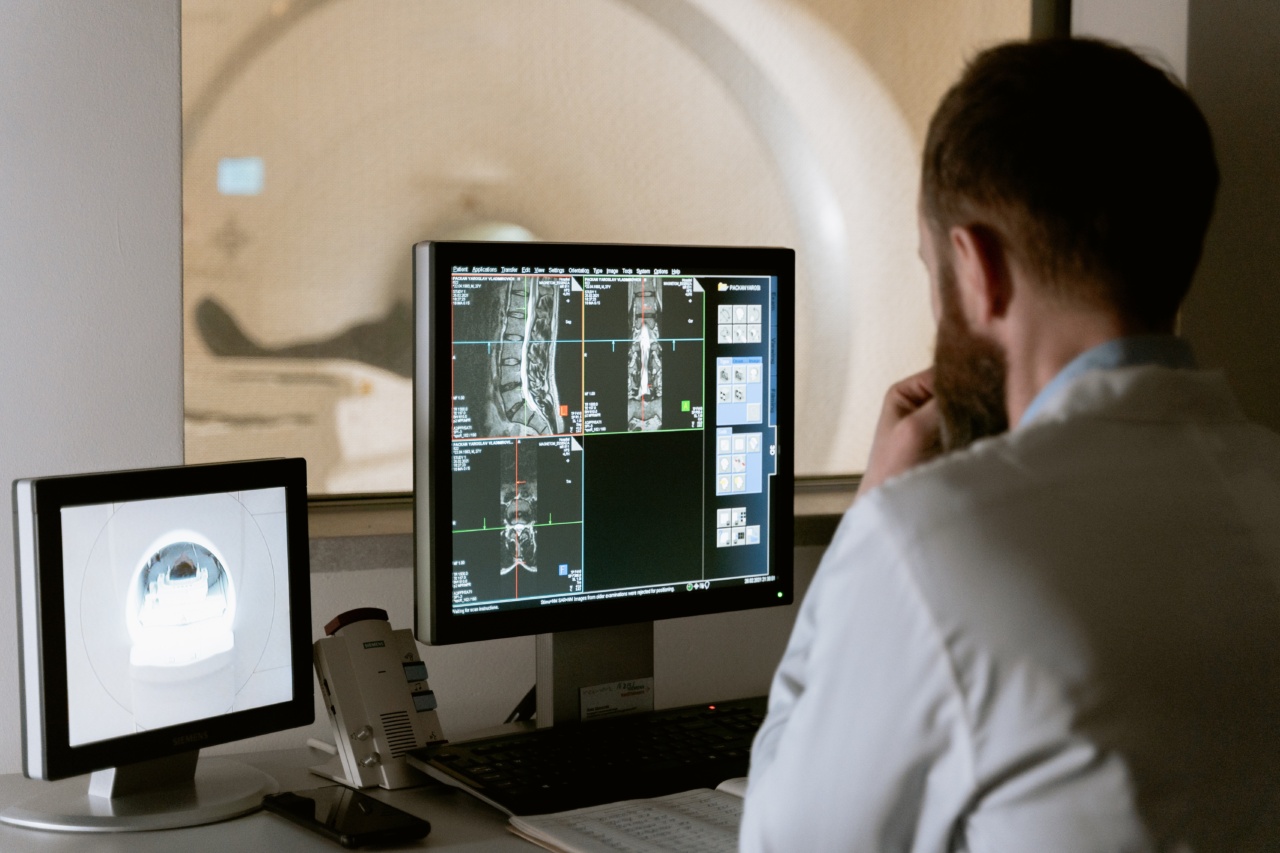Osteoporosis is a condition that weakens bones, making them fragile and more likely to break. It affects millions of people worldwide, particularly older women.
The good news is that there are several ways to enhance your bone health and reduce the risk of osteoporosis. In this article, we will explore the causes, symptoms, prevention, and treatment options for osteoporosis.
Causes of Osteoporosis
Osteoporosis occurs when the creation of new bone doesn’t keep up with the removal of old bone. Various factors can contribute to this imbalance, including:.
- Age: As you get older, your body naturally loses bone density.
- Gender: Women are more prone to osteoporosis than men, especially after menopause, due to a decrease in estrogen levels.
- Dietary factors: A diet low in calcium and vitamin D can increase the risk of osteoporosis.
- Lifestyle choices: Lack of exercise, smoking, excessive alcohol consumption, and long-term use of certain medications can weaken bones.
- Family history: If your parents or grandparents had osteoporosis, you may be at higher risk.
Symptoms of Osteoporosis
Unfortunately, osteoporosis is often referred to as a “silent disease” because it progresses without symptoms. People may not realize they have osteoporosis until they experience a fracture.
Common fractures associated with osteoporosis occur in the spine, hip, and wrist.
Prevention of Osteoporosis
Although you cannot change some risk factors like age and gender, there are measures you can take to prevent or slow down the progression of osteoporosis:.
- Get enough calcium and vitamin D: These nutrients are essential for maintaining bone health. Good sources of calcium include dairy products, leafy green vegetables, and fortified foods. Vitamin D is synthesized by our skin when exposed to sunlight and can also be obtained from fatty fish and fortified products.
- Engage in weight-bearing exercises: Activities such as walking, jogging, dancing, and weightlifting help build and strengthen bones.
- Avoid smoking and excessive alcohol consumption: Both smoking and heavy alcohol intake can weaken bones and increase the risk of fractures.
- Ensure a healthy body weight: Being underweight can increase the likelihood of osteoporosis, so it is important to maintain a balanced diet and a healthy weight.
- Modify your home environment: By making your home safer, you can reduce the risk of falls and fractures. This may include removing tripping hazards, installing handrails, and using non-slip mats.
Treatment Options for Osteoporosis
If you are diagnosed with osteoporosis, your healthcare provider may recommend specific treatments to manage the condition:.
- Medications: Several medications are available to slow down bone loss and reduce the risk of fractures. These include bisphosphonates, hormone therapy, denosumab, and calcitonin.
- Calcium and vitamin D supplements: If your diet lacks these nutrients, supplements may be prescribed to ensure adequate intake.
- Physical therapy: A physical therapist can help improve balance, posture, and strength, reducing the risk of falls and fractures.
- Healthy lifestyle changes: Quitting smoking, limiting alcohol intake, and ensuring a balanced diet can support the overall management of osteoporosis.
Regular Bone Density Tests
Regular bone density tests, also known as dual-energy X-ray absorptiometry (DXA) scans, are crucial for diagnosing osteoporosis and monitoring how your bones are responding to treatment.
These painless tests provide information about your bone density and help estimate your fracture risk. Your healthcare provider will recommend the frequency of these tests based on various factors, including your age, sex, and previous DXA scan results.
Supportive Organizations and Resources
Living with osteoporosis can be challenging, but there are numerous organizations and resources available to provide support and guidance. Some of these include:.
- National Osteoporosis Foundation
- International Osteoporosis Foundation
- Osteoporosis Canada
- The Royal Osteoporosis Society (UK)
These organizations offer valuable information, educational materials, community support, and access to healthcare professionals who specialize in osteoporosis.
Conclusion
Osteoporosis is a serious condition that weakens bones and increases the risk of fractures.
However, by adopting a healthy lifestyle, engaging in regular exercise, and ensuring sufficient intake of calcium and vitamin D, you can enhance your bone health and reduce the likelihood of osteoporosis. Regular bone density tests and seeking support from organizations dedicated to osteoporosis can further aid in managing the condition effectively. Remember, prevention and early intervention are key in preserving bone strength and overall well-being.































